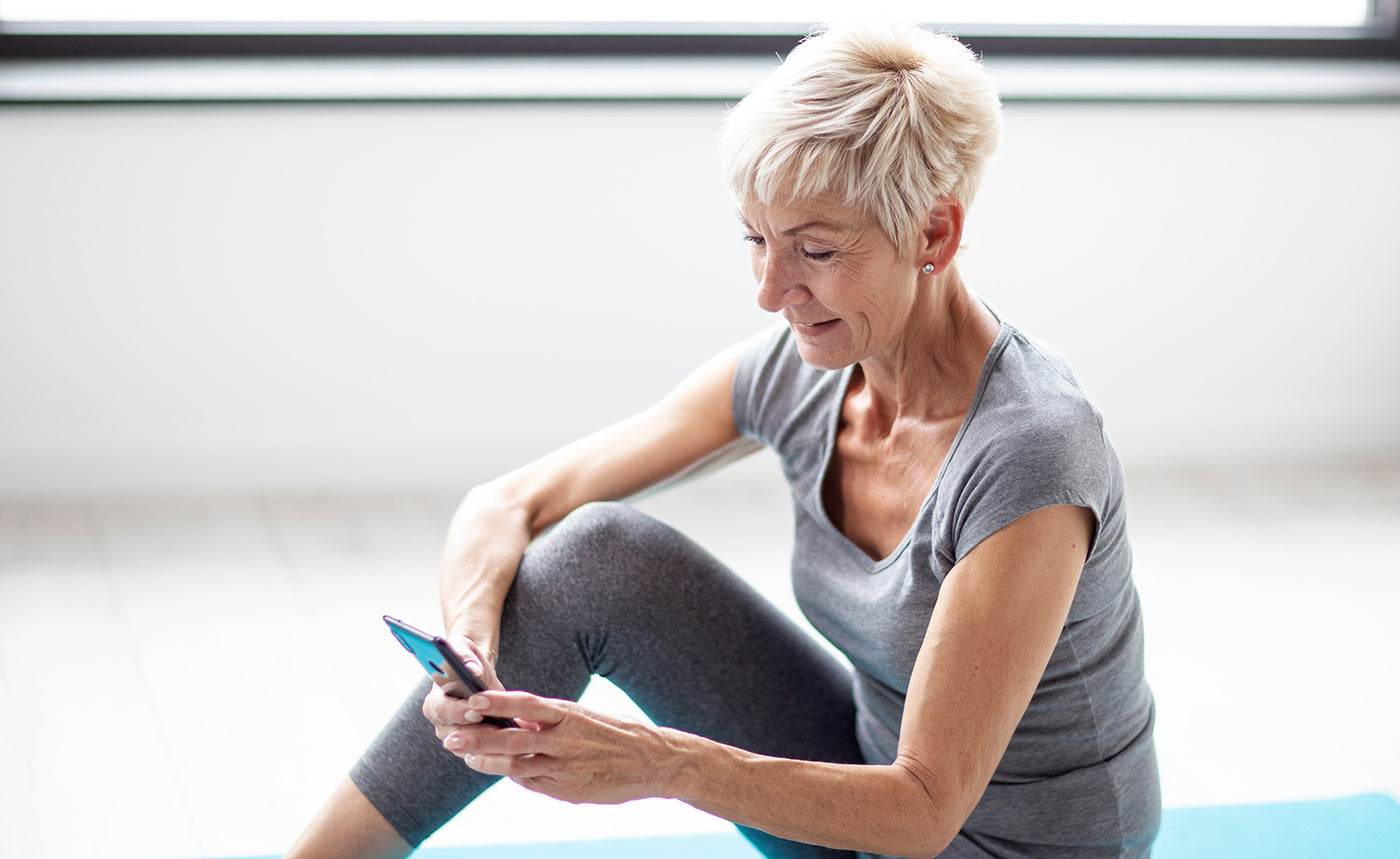
Like so many other things, the shutdowns, lockdowns and extensive sheltering-in-place of COVID-19 had a dramatic impact on use of technology – especially in the aging in place sector, for consumers and their caregivers.
That explosion in usage has not gone unnoticed by industry analysts: according to a recent survey from AARP, more than half of caregivers used technology for a range of tasks – from assistive devices to medical alert systems to remote monitoring for a loved one.
“Technology has changed caregiving more than anything,” said Amy Goyer, a caregiving expert at AARP.
And seniors themselves embraced the use of technology during the pandemic: Recent research from Parks Associates found that nearly 33% of US seniors (ages 65 and older) are considering purchasing an independent living system.
“High levels of interest in particular features, including safety and security functions, indicate demand for a solution designed specifically for senior comfort and control,” said Kristen Hanich, Senior Analyst, Parks Associates. “These seniors show a strong preference for companies specializing in independent living systems when seeking out a purchase channel, so they are looking for companies that are well versed and very familiar with the unique challenges that come with aging independently, especially as they bring new technologies into the home.”
Technology Solutions to Watch
- Telehealth: Telehealth devices are an easy way to monitor your health from the comfort of your home, perfect for older adults aging in place. Remote patient monitoring (RPM) devices can record vitals such as blood pressure, pulse, and glucose level daily. This regular monitoring provides more data about your health than a monthly checkup at the doctor would, and RPM devices can detect and report any notable changes to healthcare professionals in order to catch potential problems before they worsen. Tablet-based devices can provide access to these medical professionals via video or audio call, and some also offer emergency response and access to RPM data, such as the MobileHelp Touch Duo.
- Smart Phones: There are many benefits a smart phone has to offer the senior demographic, which is likely why 77% of older adults report using a smart phone as of 2020. According to Edgewood Healthcare, emergency information storage, convenient communication, and helpful apps can all serve to enhance safety. For example, fitness tracking apps can help seniors monitor their activity and vital signs, and health apps can set medication reminders and provide critical information about a patient to bystanders if an emergency should arise. Additionally, the voice commands and enhanced screen size of smart phones can simply provide greater ease of access to older adults with hearing or vision problems wishing to communicate with their loved ones without difficulty. For those aging in place, smart phones can serve as a convenient hub for managing many aspects of health and safety.
- Smart Speakers: Smart speakers are not only desirable for convenience’s sake. According to AARP, they can also provide safety services particularly helpful for seniors, especially those aging in place. Some speakers with displays allow you to see who is at your front door before answering, when paired with a doorbell camera. Others allow you to control appliances such as the thermostat and lights from the comfort of your bed, helpful for avoiding falls, which so often take place at night in unlit areas. For those monitoring their diet for health-related reasons, speakers such as Apple HomePod can report a food’s nutritional information at your request. Additionally, functions such as keeping track of your grocery list, or even remembering where you’ve put things you often forget, can save you time and unnecessary stress.
- PERS: Personal Emergency Response Systems give access to help inside and outside of the home. One Call Alert’s Mobile On-the-Go device boasts 24/7 emergency monitoring and GPS tracking all enabled by a sleek, waterproof help button that can be worn around the neck or on the wrist. With round-the-clock quick access to assistance wherever you go, you can stay active and maintain independence without sacrificing peace of mind for yourself and your loved ones.

 1-800-916-0138
1-800-916-0138